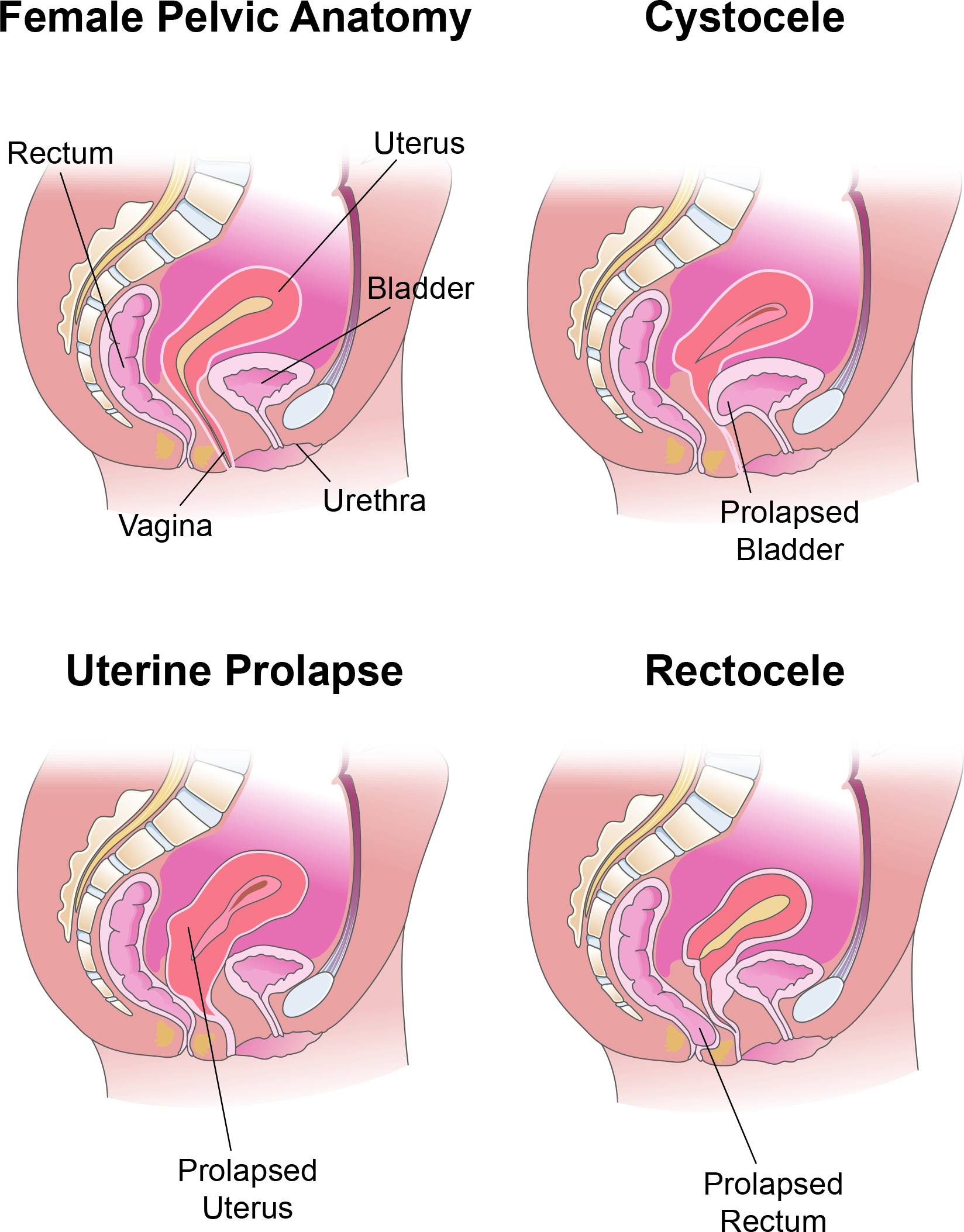Is My Vagina Broken?

In our community, the same question is asked time and time again…how do I know if something is “wrong” with my vagina. And it’s an excellent question. So many women ask this because we are not encouraged to get to know our vaginas at any point in our lives. Not when we are at school, not during sex education, not as we go through puberty, and most surprising of all, not when we are starting a family. At no point in our lives are we told to “look down there”, “feel down there”, and really get to know our bodies. It’s crazy.
I thought it was an excellent opportunity to discuss this topic further and explore the question of what’s normal and what’s not, as well as all the other questions that surround it. It’s time we got talking about our vaginas…
Why are our vaginas so taboo?
The sad reality is that thousands of women across the globe are in danger of not getting the medical care they need because they are too embarrassed to talk about their vaginas. Even the word vagina is often replaced with something ridiculous like “flower” or “noon”; rarely does anyone outside of the medical profession actually call it by its actual name…only 35% of women, to be exact. But what makes our anatomy more embarrassing than a man’s? Why is it that we struggle to talk about this particular body part? Well, that is relatively simple; it follows years of misogyny and misunderstanding towards our “chamber of secrets”, another term used to swerve the correct terminology. In the past, vaginas were known very little about and were simply there for sexual pleasure and birthing children. No one deemed it necessary to know anything more.
Over time, things have changed to a degree but not enough. Education and support around our pelvic health are still very behind. And sadly, we often have that same attitude…we don’t talk about our vaginas enough, don’t think highly enough of them, and don’t give them enough TLC. Ok, society has led us to this place, but we need to take back control ourselves; I mean, how can we expect to receive sufficient care for our vaginas when we can’t bring ourselves to respect them either. Let’s show them a little more love because, let’s be honest; they are amazing things!

What’s normal and what’s not?
As I always say, vaginas come in all shapes and sizes. There is no such thing as normal when it comes to the appearance of our vaginas. That’s what makes them so amazing; every single one is different and should be celebrated for being so. No two in the world will ever be the same, and we must remind ourselves of this instead of comparing our own to others.
The external part of the sexual organs is called the vulva and is made up of the lips (labia), clitoris and opening of the vagina. The vagina is the tube that leads from the vulva to the opening of the cervix. Again, both the vulva and the vagina vary in appearance from the colour, size and shape, including the labia. This article from the NHS website helps explain what's normal:
Is my vagina normal? - NHS (www.nhs.uk)
When is it time to get checked?
There are several things to look out for when it comes to vaginal health, and these can include the following:
• Vaginal itching – your vagina should not itch. This is not normal. Itching can be a sign of thrush or another infection and means there is a problem that needs addressing.
• Change of vaginal discharge – discharge from the vagina is normal, and many women experience it. It can also change during the stages of your menstrual cycle. However, if the normal pattern of this discharge changes, for example, the colour or the smell, it could be a sign of an infection and should be looked into by a professional.
I also think it’s vital that we talk about POP (pelvic organ prolapse).
What should we be looking out for? What is normal and what’s not? How do when know when it is time to speak to a professional? Well, that’s a great question and one that, sadly, most women have never been educated on. We should have the answers to these questions available to us throughout our lives. We should know when our vaginas are poorly and when they need looking after. That’s why I am here to help. Let’s look at the symptoms of pelvic organ prolapse in more detail.
The reality is that, prolapse sometimes does not come with any immediate symptoms, and may only be found during an internal examination.
But in the majority of cases, women will feel one or a combination of the following things:
• a feeling of heaviness around your lower tummy and genitals
• a dragging discomfort inside your vagina
• feeling like something is coming down into your vagina – it may feel like sitting on a small ball
• feeling or seeing a bulge or lump in or coming out of your vagina
• discomfort or numbness during sex
• problems peeing – such as feeling like your bladder is not emptying fully, needing to go to the toilet more often, or leaking a small amount of pee when you cough, sneeze or exercise.

If you are experiencing any of these symptoms, it is time to see a doctor for an internal assessment and diagnosis.
If a prolapse diagnosis is given, please do not panic. Although not “normal” as such, prolapse is not uncommon, particularly following childbirth or menopause, when the walls of our vaginas can become stretched, weakened or stiff, thus resulting in the pelvic organs bulging into the vagina.
Finding the right support…
Pelvic organ prolapse luckily is not life-threatening, but it can cause pain and discomfort. With the right support and treatment, symptoms can often be improved, allowing many women to go on to lead pain-free and symptom-free lives.
If you feel that you may be suffering with an issue with your vagina or pelvic floor, come and find us in the Pelvic Power Movement Community | Facebook for support, guidance and friendship. https://www.facebook.com/groups/pelvicpowermc/

